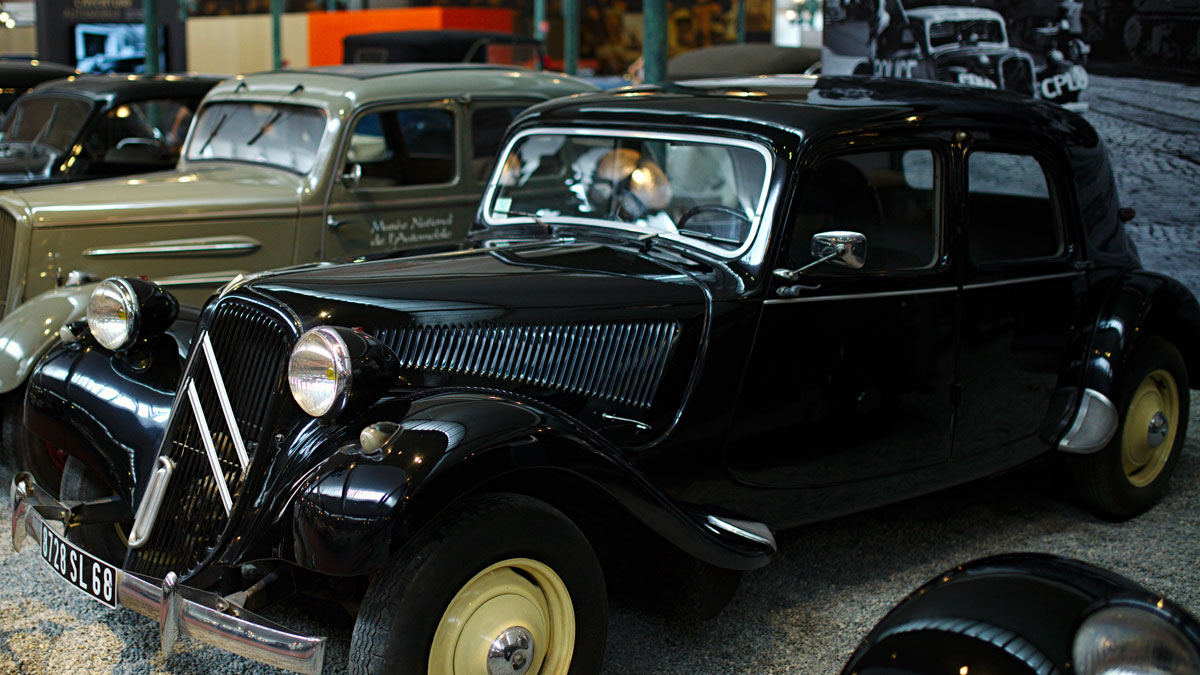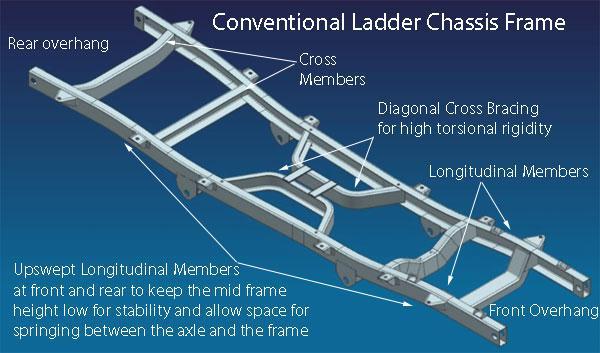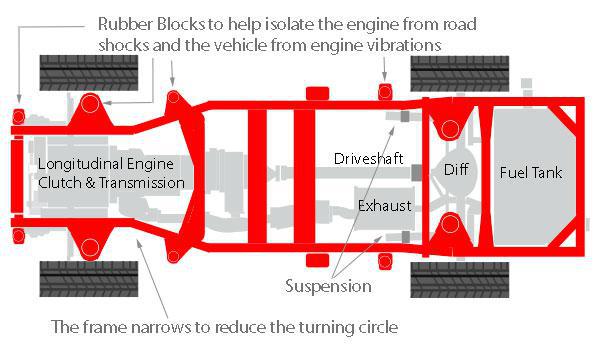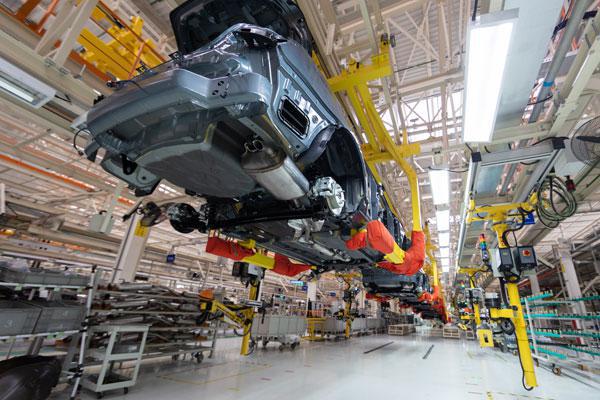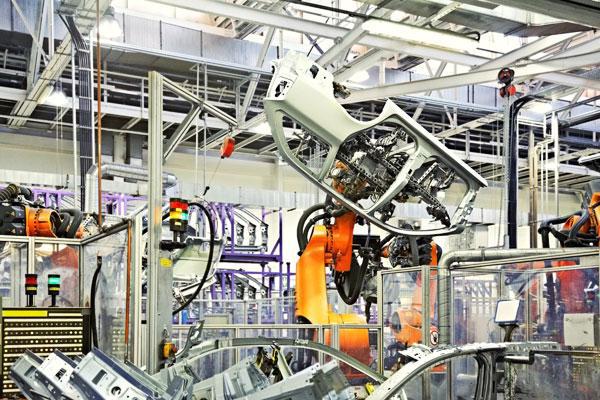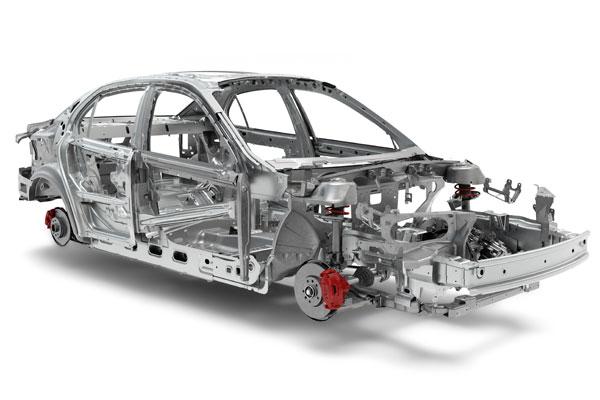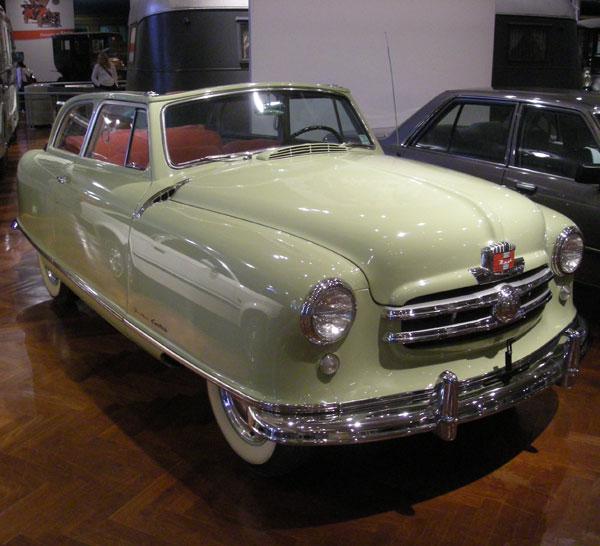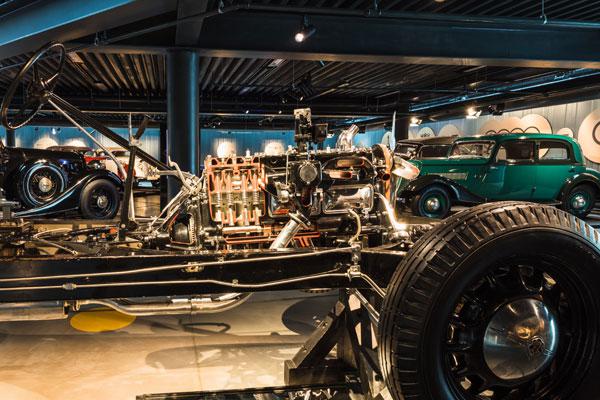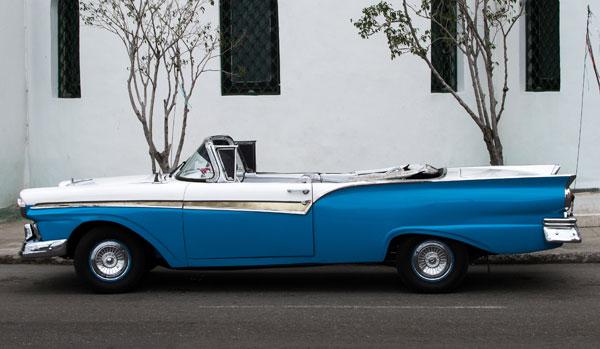The Monocoque is not new, however it is expensive and though there are other far reaching benefits, the trade off against using a body-on-frame chassis is volume. If you have the production volume, it's a win.
Lancia is credited with producing the first monocoque unibody in The Lambda in 1923 developing some 13,000 vehicles in 9 series, some running concurrently over a 9 year period.
André Citroën utilised a monocoque unibody for the mass production of the Traction Avant (pictured above) which produced 760,000 vehicles between 1934 and 1957 (with right hand drive manufactured in Slough) and as a result saw a reduction of 70 kg of steel required per car.
The Austin A30, the unsung hero?
Well, in its 5 year production between 1951 and 1956 when it was superseded by the Austin A35 a total of 223,264 A30's had been built, so the public were certainly enamoured of the car, but it's lesser known claim to fame is the fact that it was the UK's first monocoque unibody car.
 1954 Austin A30 Saloon 800cc
1954 Austin A30 Saloon 800cc
